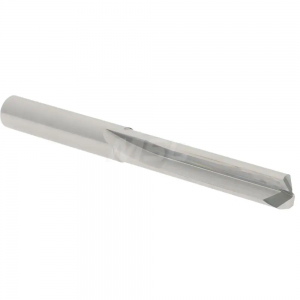Thanks all for the input....
Yes, great idea, without a center pilot bit, I'll do this. And someone else commented on reverse, I was thinking more about the bit and a diamond but doesn't have a direction... but reverse is more important if I can catch and grip on the tap... reverse will help back it out if I get lucky.You'll probably want to start by using the holesaw to produce a guide hole in a chunk of aluminum, then secure the aluminum to where you'll want the actual hole. I'm hesitant to use hole saws in a hand drill because they can catch unevenly and try to wander or kick to one side.
I can by making my backing plate different, it's a large backing plate I'm mounting DRO arm to and other stuff.... I've already drilled and counter bored it... so ideally I'd rather not re locate.Is there no room on the bracket or mount to relocate the hole a little L/R or U/D ?
I've had few people suggest this.. my welder is setup for aluminum but I never thought about using stick rods, I can do that with my multi purpose welder. What amps do you think would work? Never stick welded, just MIG aluminum is all I know.If you have a welder stick a rod to the end of the tap and see if it will back out. Fairly low amps so it doesn’t strike a continuous arc. Break the flux off the rod a little at the end so you can get a good stick.
Not a through hole. I have a die grinder and roto zip tool I'll have to give this a try if my diamond hole saw try doesn't work.Go to harbor freight and get their small pneumatic pencil style grinder.
Then, get a couple of packs of the diamond bits.
You can also order carbide burrs in that size.
Lots of water and time, working like a dentist, you can get it out.
Was it a through hole?
Last edited:


